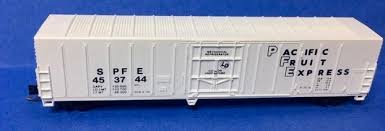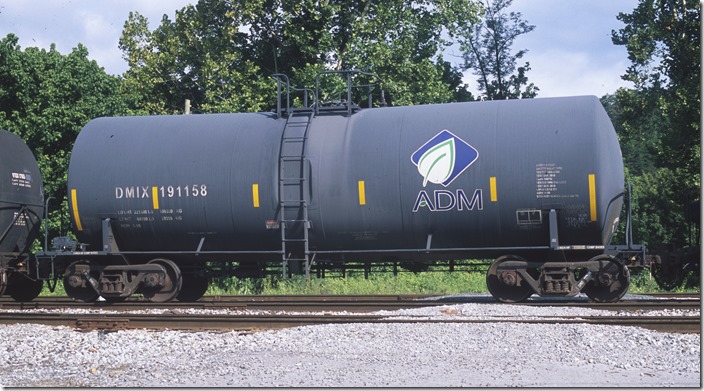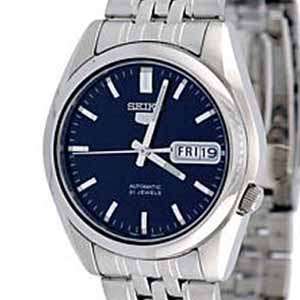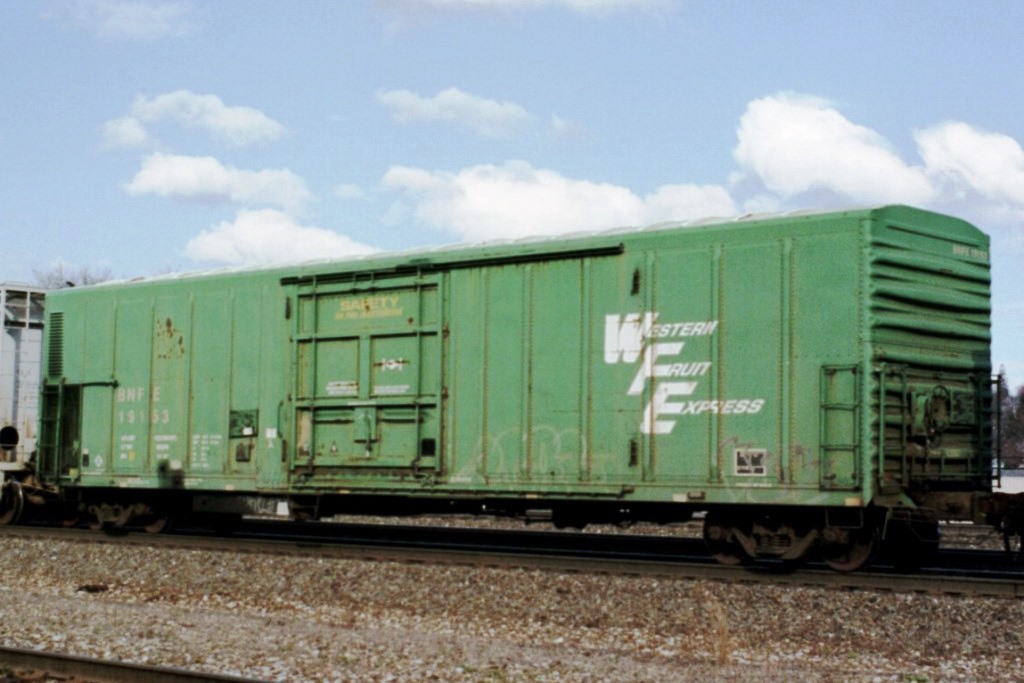Prototype History: Pacific Car and Foundry responded to the railroad’s migration from ice stored in bunkers as a primary cooling system to the diesel mechanical systems. The mechanical reefers could keep a more regular temperature, often times colder then what the ice bunker cars could at the time. Initially mechanical reefers were used primarily in frozen food service. This would soon change as mechanical refrigeration began to replace ice-based systems. Soon after, mechanical refrigeration units replaced the “armies” of personnel required to re-ice the cars. Several different deliveries of the PC&F 57’ mechanical to many different railroads in the mid to late 1960s. Many have been rebuilt and are still in service today.
These 50'-10" mechanical refrigerator cars were built by PC&F in 1969-70 and featured 4269 ft3 capacity and a 10'-6" door opening. Note that this body style is sometimes referred to as 57', however, the mechanical refrigeration eqipment takes up space on one end of the car thus leaving a nominal 50' usable inside length for loading. Bangor and Aroostook often leased it’s reefer fleet to Pacific Fruit Express in the off season for the railroad. This turned out to be a peak season for PFE in California. Green Bay and Western purchased several classes of 57’ Mechanicals from the BAR. Many were hastily patched and put into service. The GB&W cars were often seen on the North Western Pacific in California carrying butter from the Humbolt Bay to eastern markets.
These 50'-10" mechanical refrigerator cars were built by PC&F in 1969-70 and featured 4269 ft3 capacity and a 10'-6" door opening. Note that this body style is sometimes referred to as 57', however, the mechanical refrigeration eqipment takes up space on one end of the car thus leaving a nominal 50' usable inside length for loading. Bangor and Aroostook often leased it’s reefer fleet to Pacific Fruit Express in the off season for the railroad. This turned out to be a peak season for PFE in California. Green Bay and Western purchased several classes of 57’ Mechanicals from the BAR. Many were hastily patched and put into service. The GB&W cars were often seen on the North Western Pacific in California carrying butter from the Humbolt Bay to eastern markets.
Road Name History:  Pacific Fruit Express (reporting mark PFE) was an American railroad refrigerator car leasing company that at one point was the largest refrigerator car operator in the world. The company was founded on December 7, 1906 as a joint venture between the Union Pacific and Southern Pacific railroads. It began operation on October 1, 1907, with a fleet of 6,600 refrigerator cars built by the American Car and Foundry Company (ACF).
Pacific Fruit Express (reporting mark PFE) was an American railroad refrigerator car leasing company that at one point was the largest refrigerator car operator in the world. The company was founded on December 7, 1906 as a joint venture between the Union Pacific and Southern Pacific railroads. It began operation on October 1, 1907, with a fleet of 6,600 refrigerator cars built by the American Car and Foundry Company (ACF).
In 1923, the Western Pacific Railroad joined the venture by leasing its own, brand new fleet of 2775 reefers to PFE. They were painted in standard PFE colors with only WP heralds on the cars instead of the paired UP-SP markings. The WP cars were all retired by the late 1950s, among the last wooden reefers in PFE's fleet. WP ended its partnership with PFE in late 1967 and joined Fruit Growers Express instead.
PFE's assets were divided between the UP and SP when the company was split on April 1, 1978. It is now a UP subsidiary.

In 1923, the Western Pacific Railroad joined the venture by leasing its own, brand new fleet of 2775 reefers to PFE. They were painted in standard PFE colors with only WP heralds on the cars instead of the paired UP-SP markings. The WP cars were all retired by the late 1950s, among the last wooden reefers in PFE's fleet. WP ended its partnership with PFE in late 1967 and joined Fruit Growers Express instead.
PFE's assets were divided between the UP and SP when the company was split on April 1, 1978. It is now a UP subsidiary.
Brand/Importer Information: Con-Cor has been in business since 1962. Many things have changed over time as originally they were a complete manufacturing operation in the USA and at one time had upwards of 45 employees. They not only designed the models,but they also built their own molds, did injection molding, painting, printing and packaging on their models.
Currently, most of their manufacturing has been moved overseas and now they import 90% of their products as totally finished goods, or in finished components. They only do some incidental manufacturing today within the USA.
Important Note: The Con-Cor product numbering can be very confusing. Please see here in the article how to properly enter Con-Cor stock numbers in the TroveStar database.
Currently, most of their manufacturing has been moved overseas and now they import 90% of their products as totally finished goods, or in finished components. They only do some incidental manufacturing today within the USA.
Important Note: The Con-Cor product numbering can be very confusing. Please see here in the article how to properly enter Con-Cor stock numbers in the TroveStar database.
Item created by: Mopjunkie on 2019-02-01 19:39:16. Last edited by Alain LM on 2020-12-03 06:59:00
If you see errors or missing data in this entry, please feel free to log in and edit it. Anyone with a Gmail account can log in instantly.
If you see errors or missing data in this entry, please feel free to log in and edit it. Anyone with a Gmail account can log in instantly.










